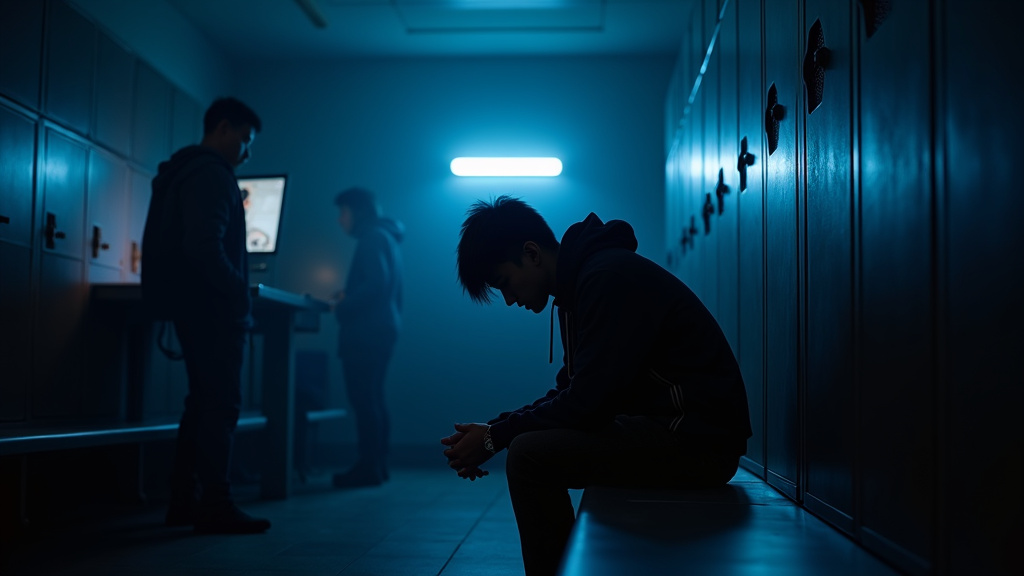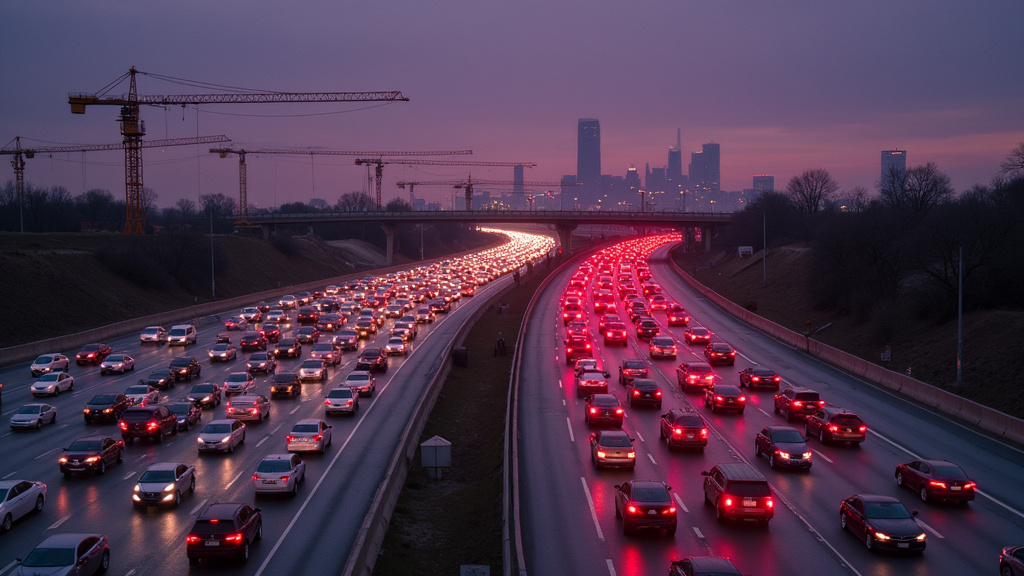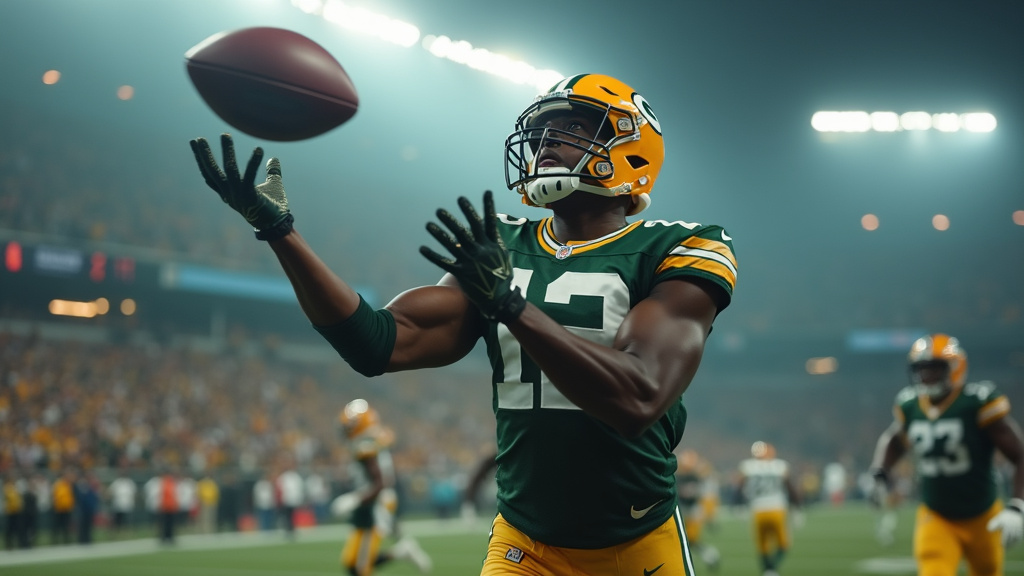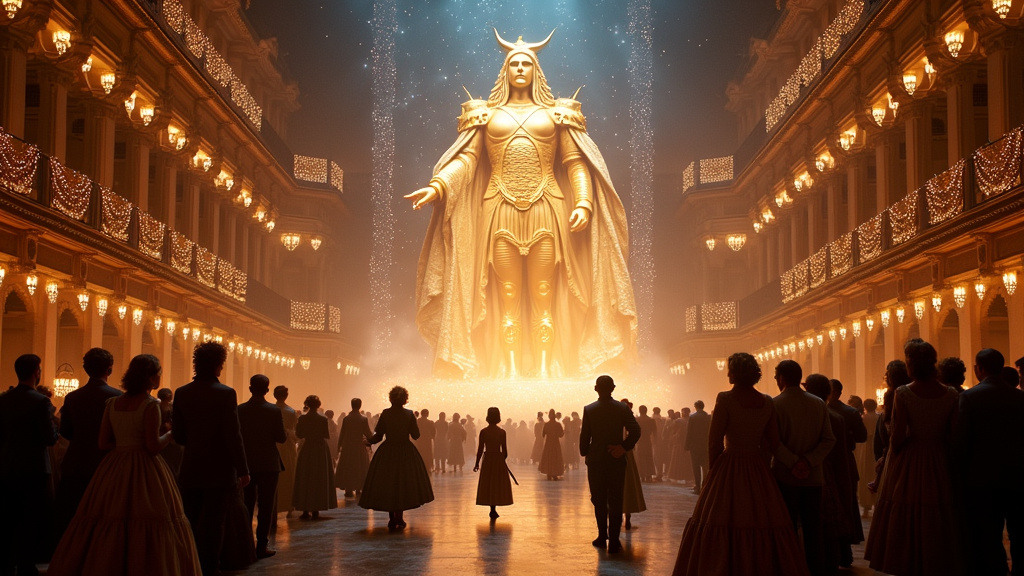A striking video originating from Chicago has taken the internet by storm, offering an unprecedented and almost unbelievable perspective on the annual Lollapalooza music festival. What began as a seemingly ordinary, albeit grainy, live stream of a performance quickly transformed into a viral phenomenon, showcasing an extraordinary feat of long-distance photography captured entirely on a Samsung smartphone. This astonishing display has not only captivated millions online but also garnered a direct response from the technology giant itself, catapulting the story into a top news item across digital platforms.
The Deceptive Close-Up
Instagram user Brian, a Chicago resident, was the individual behind the now-iconic footage that defied conventional expectations. His initial post presented viewers with what appeared to be a standard, though somewhat pixelated and indistinct, close-up of the Lollapalooza stage. The focus was clearly on Dominic Fike, the popular musician, as he delivered his energetic set to the massive festival crowd. For many, it seemed like a typical fan’s recording, perhaps from the back of the audience or a less-than-ideal spot within the densely packed festival grounds. The visual quality, initially, suggested a struggle to capture clear visuals amidst the bustling atmosphere of a major outdoor concert, leading many to initially scroll past without a second thought, assuming it was just another candid, albeit low-fidelity, concert clip. Yet, the true power and shock of Brian’s video lay not in its immediate clarity, but in the astounding, almost disorienting, revelation that followed moments later.
An Unfathomable Distance Revealed
The magic, and indeed the deception, of the video unfolded dramatically as Brian slowly, deliberately, began to zoom out. What started as a tight, seemingly intimate shot of Dominic Fike performing progressively widened, pulling back to reveal the full scope of the Lollapalooza stage and the surrounding sea of concertgoers. The zoom continued, past the surrounding festival grounds, beyond the sprawling expanse of Grant Park, and then, with breathtaking suddenness, over the vast, shimmering expanse of the iconic Chicago skyline. The sheer scale of the reveal was nothing short of breathtaking, causing widespread gasps among viewers. Individuals watching suddenly grasped that Brian was not within the festival at all; he was filming from the comfort of his distant balcony, located literally kilometers away from the thumping bass and vibrant lights of the concert. The festival grounds, once appearing as a close-up, instantly shrank to a miniature spectacle, a tiny ant farm of activity against the imposing backdrop of towering skyscrapers and the distant shimmer of Lake Michigan, demonstrating an almost impossible visual range. This audacious perspective immediately elevated the video from a simple concert clip to a mind-bending demonstration of modern smartphone technology and optical prowess, cementing its place in the digital zeitgeist.
From Local Curiosity to Global Sensation
The impact of Brian’s video was immediate and profound, triggering a cascade of shares and reactions across the digital landscape. As the full context of his incredible, distant vantage point became clear, the footage exploded across social media platforms. It rapidly achieved widespread popularity, with users sharing it endlessly, accompanied by exclamations of shock, disbelief, and outright awe. The video quickly ascended to become a prime example of viral content, dominating feeds and sparking countless discussions about its authenticity and the previously unimagined capabilities of the device used to capture such a view. The visual shock value—the sudden, paradigm-shifting understanding that the ‘close-up’ was, in fact, an incredible zoom from miles away across a major metropolitan area—was the primary catalyst for its rapid dissemination and widespread adoption. This incredible feat of remote observation quickly transcended its local origins, becoming a global talking point and securing its place at the top of trending topics and becoming a major news headline.
Samsung’s Direct Engagement
The astonishing clarity, zoom capabilities, and sheer optical reach demonstrated by Brian’s video did not go unnoticed by the tech world, particularly by the company whose device made it all possible. Most notably, the viral footage prompted a direct and highly visible reaction from Samsung. While the exact nature of their public response was concise, it unequivocally underscored the impressive performance of their smartphone’s camera technology. For Samsung, Brian’s spontaneous, genuine, and unsolicited demonstration served as an undeniable testament to the advanced zoom capabilities, image stabilization, and overall photographic prowess featured in their latest devices. It became an organic, user-generated advertisement that arguably outperformed many meticulously planned traditional marketing campaigns in its raw authenticity and immediate, impactful virality. The company’s engagement further amplified the video’s reach, lending official credence to the extraordinary claim made by the Chicago man, and transforming what could have been an isolated online curiosity into a celebrated moment in digital media and a strong headline for the consumer electronics sector.
The Future of Remote Observation in News and Beyond
This remarkable incident highlights the continually evolving landscape of digital media and the surprising, often unexpected, ways in which individuals can capture and share events from unprecedented distances. Brian’s video not only provided a uniquely distant and captivating look at Lollapalooza but also sparked a broader conversation about the accessibility of powerful imaging technology and its burgeoning potential applications. From casual content creation and personal entertainment to potentially contributing to remote news gathering and event monitoring, the implications are vast. The ability to bring such a distant scene into crisp, recognizable focus, despite the kilometers separating the camera from the subject, marks a significant milestone in consumer photography. It reinforces the notion that with increasingly advanced and accessible tools, even a personal balcony in Chicago can become a panoramic observation deck, offering a view of major public events that few could ever imagine. The story remains a compelling example of how a simple act of sharing can create a global headline and redefine perceptions of what’s possible with modern consumer-grade electronics, forever changing how we perceive “being there.”














